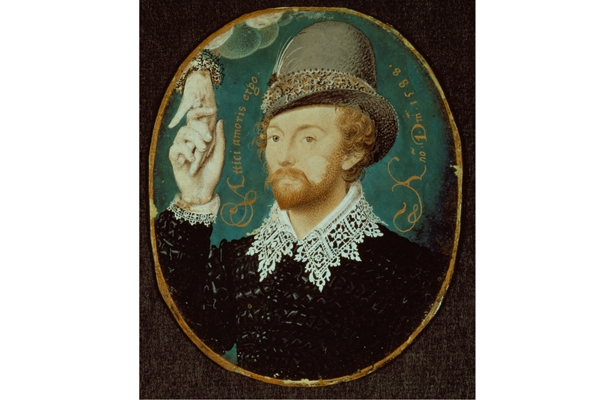In 1992 the Roman Catholic historian Eamon Duffy of Magdalene College, Cambridge published a large book called The Stripping of the Altars. Deploying a wealth of evidence, Duffy argued that the English men and women of the 16th century, especially in the provinces, did not really want to be ‘reformed’. They liked their old Catholic ways. The feasts and festival days fitted with the rhythms of the rural year. The architecture, furnishings and images of late medieval churches had given stability and comfort to parish communities. The common people only ever became reluctant Protestants.
It is often said that history is written by the winners. Duffy and his fellow ‘revisionists’ were seeking to overturn a Protestant, Whiggish narrative that had been engrained — and perhaps forced — upon the English psyche for generations, from John Foxe’s Book of Martyrs (1563) to Henrietta Elizabeth Marshall’s Our Island Story (1905):
Now began the most terrible time of Mary’s reign, for it required more than a few words from King, Queen, and Pope to make England again truly Roman Catholic. The Protestants would not give up their religion. Mary was determined that they should. Those who refused were imprisoned and put to death in the most cruel way. They were burned alive.
Or, in the immortal words of Sellar and Yeatman’s parody of Miss Marshall: ‘Broody Mary’s reign was, however, a Bad Thing, since England is bound to be C. of E., so all the executions were wasted.’
Duffy is an excellent historian and he would be the first to admit — indeed, he says as much in the concise introduction to this new collection of his essays — that the truth, as is nearly always the case with grand historical narratives, lies somewhere in the middle ground. Now that the Queen has shaken hands with Martin McGuinness, we no longer need to choose between Bloody Mary and Good Queen Bess or Archbishop Cranmer and Cardinal Pole (a pairing that is the subject of one of Duffy’s chapters).
Saints, Sacrilege and Sedition consists almost entirely of previously published essays, one of them dating as far back as 1988. They range from measured discussion of the historiographic debates over the Reformation to a detailed account of the symbolic significance of a particular rood screen to the figure of John Fisher (about whom Duffy writes most fondly, perhaps because he was so much a Cambridge man) to the sort of thing that sounds as if it belongs in the pages of a learned journal rather than a book for the general reader (one chapter is called ‘The material culture of the late medieval English parish and the 1552 Inventory of Church Goods’).
The general reader will be particularly interested in Duffy’s take on the much discussed question of the religious allegiance of William Shakespeare. Duffy has frequently been cited by the ‘Shakespeare died a Papist’ brigade, who made a strong advance in the late decades of the last century. They are now in retreat again, following the publication of decisive evidence that a ‘Catholic testament’ found tucked away in the rafters of the Shakespeare family home in Henley Street, Stratford-upon-Avon, is a late-18th-century forgery. The idea that Shakespeare was somehow involved with the Catholic Counter-Reformation or with Edmund Campion’s mission to England is now thoroughly discredited.
That does not, however, mean that Shakespeare had no sympathy for the lost Catholicism of the Middle Ages. And this is where Duffy firmly locates him, beginning, aptly enough, from the wonderful line in Sonnet 73: ‘Bare ruined choirs where late the sweet birds sang.’ This is a clear allusion to the dissolution of the monasteries. It does not tell us anything about Shakespeare’s own faith, but it reveals his consciousness of the sense that pervaded his culture that something very old and deeply valued was now lost.
Again and again in Shakespeare’s plays there are moments of nostalgia for this lost world, closely akin to those of John Stow in his Survey of London or of the intriguing minor poet and Shakespeare fan John Weever, who, in a style echoing Shakespeare’s sonnets, lamented over the ‘sacred structures’ that our elders built, ‘wherein Religion gorgeously sat decked’.
Now all thrown down, Religion exiled, Made Brothel-houses, had in base respect, Or ruined so that to the viewer’s eye In their own ruins they entombèd lie.
There will be some interesting conversations over High Table when the Archbishop of Canterbury takes up the Mastership of Professor Duffy’s college next year.






Comments